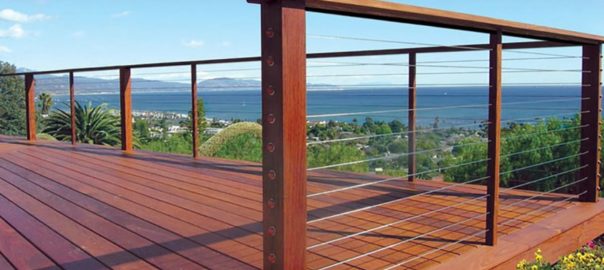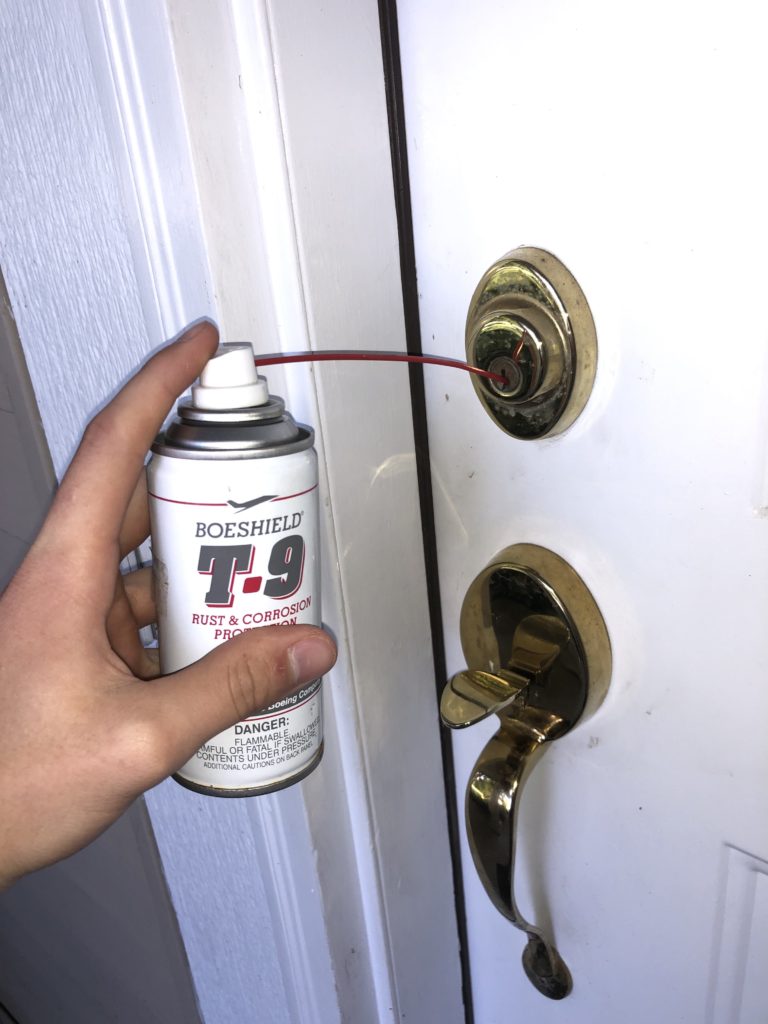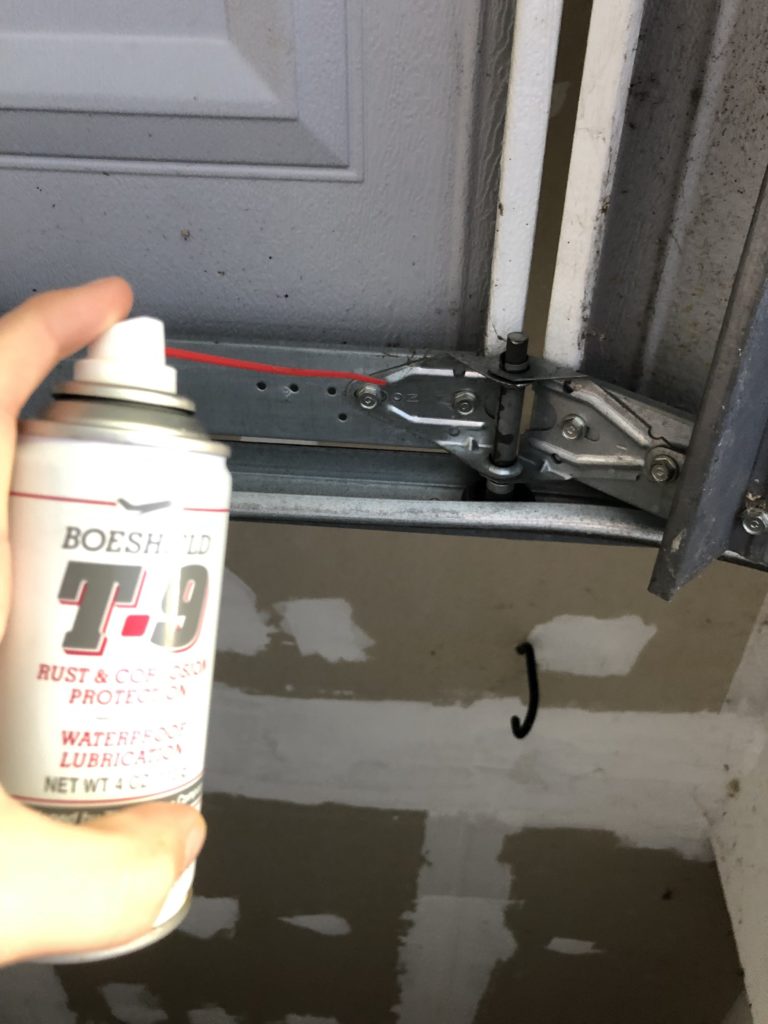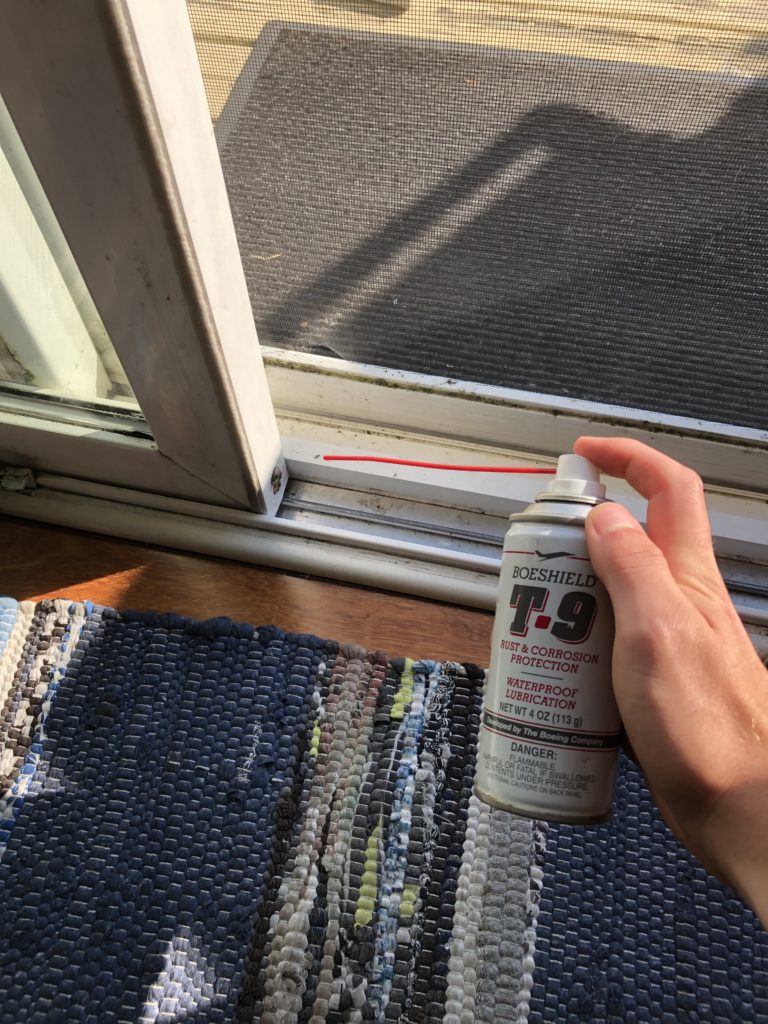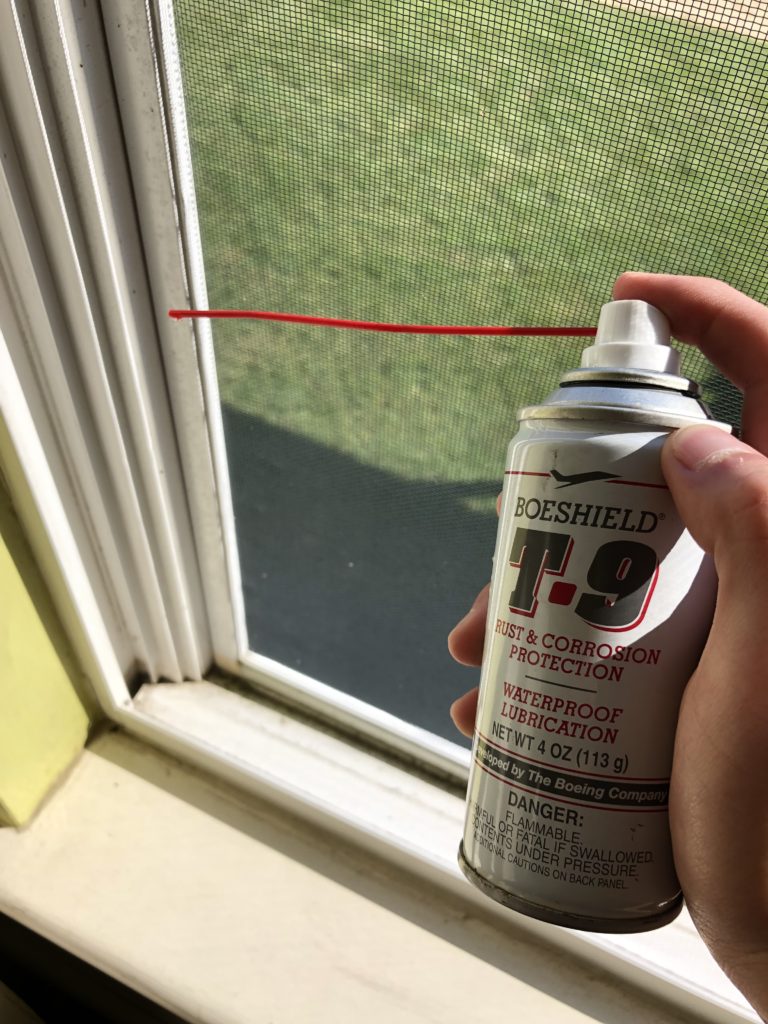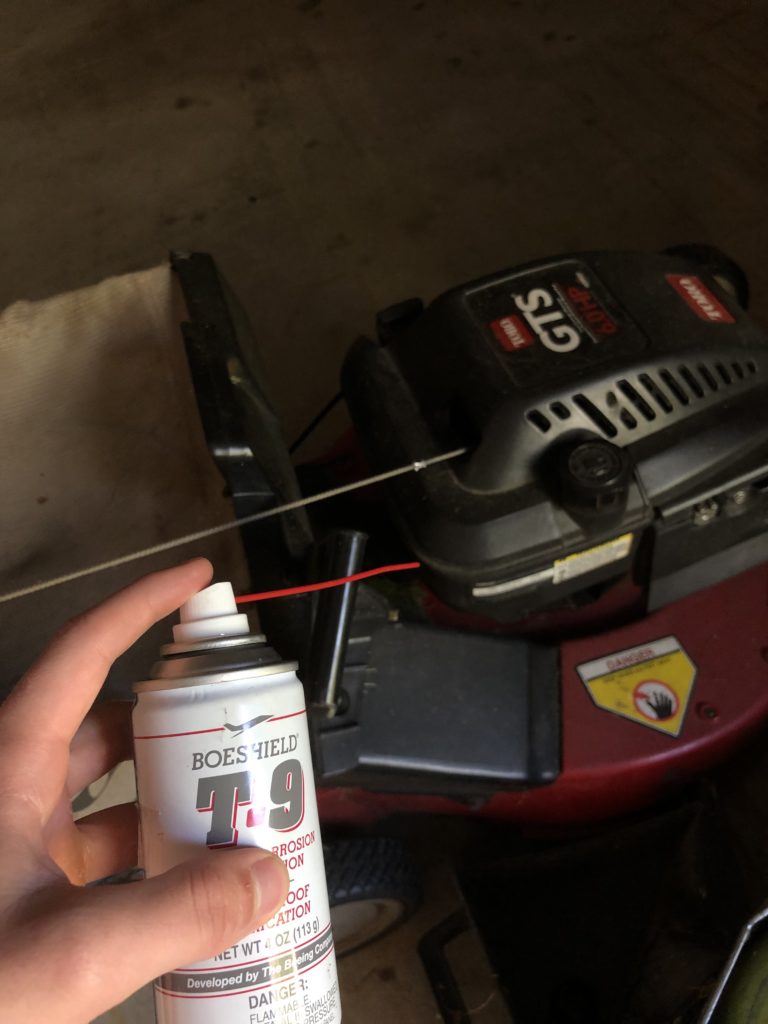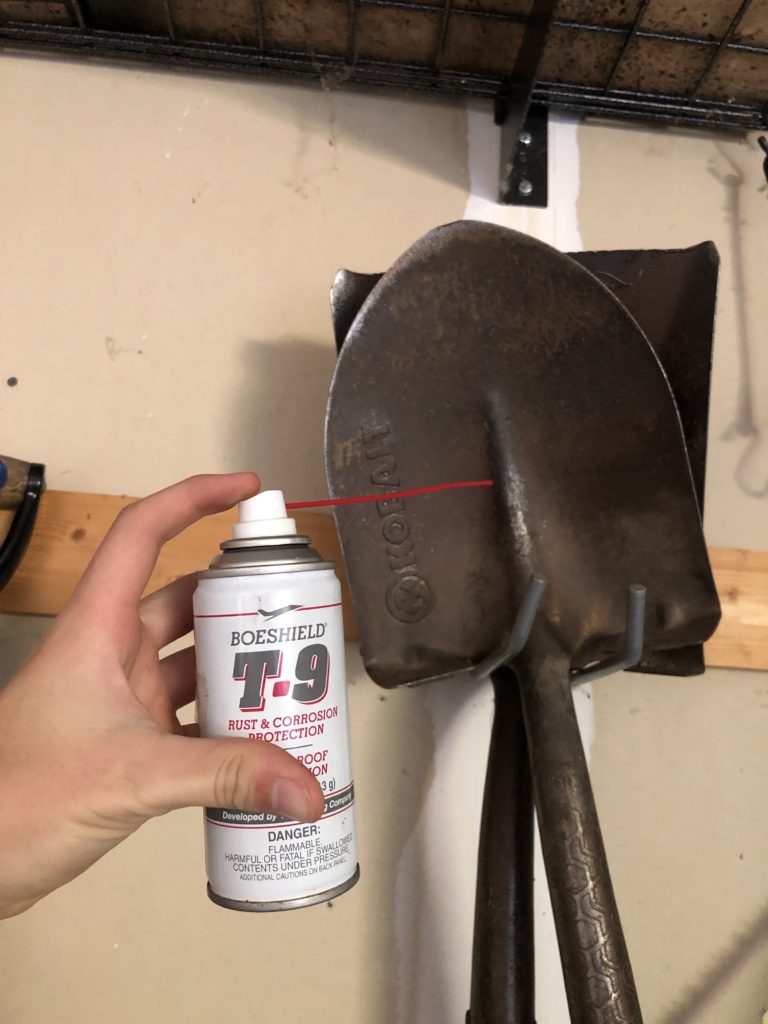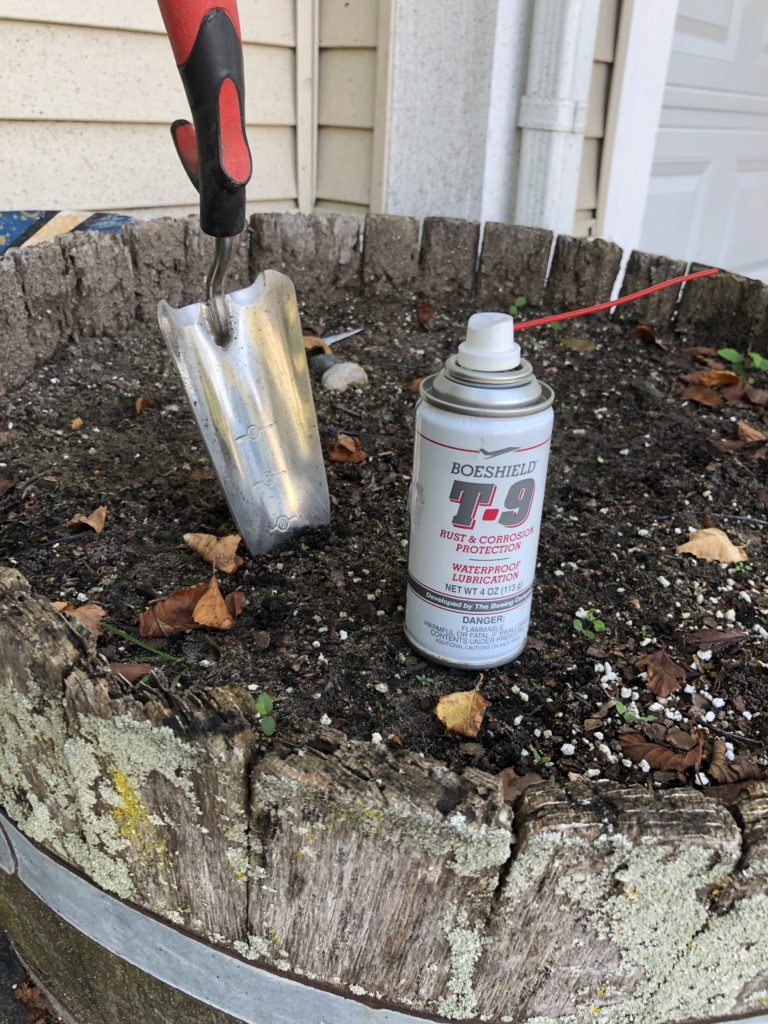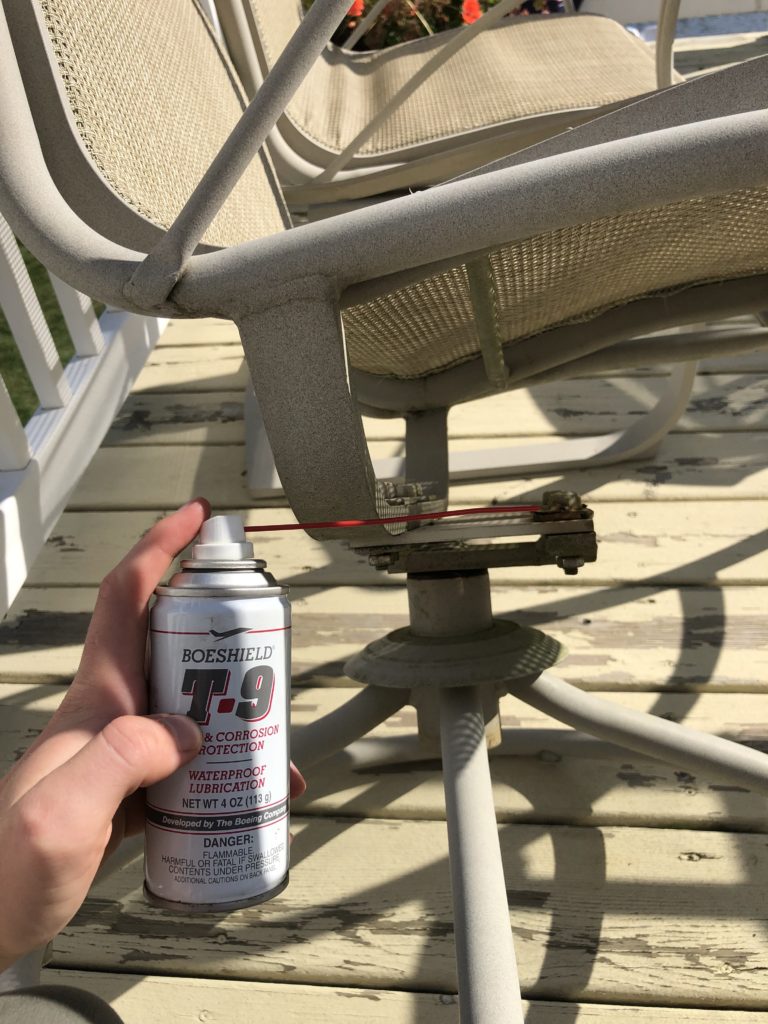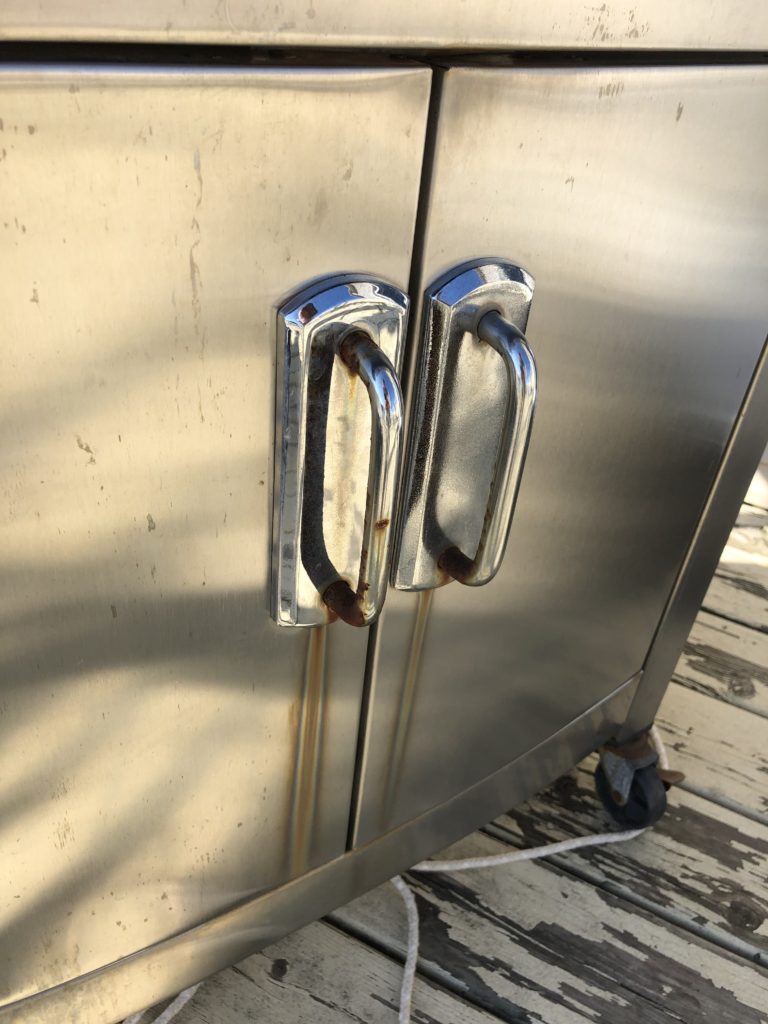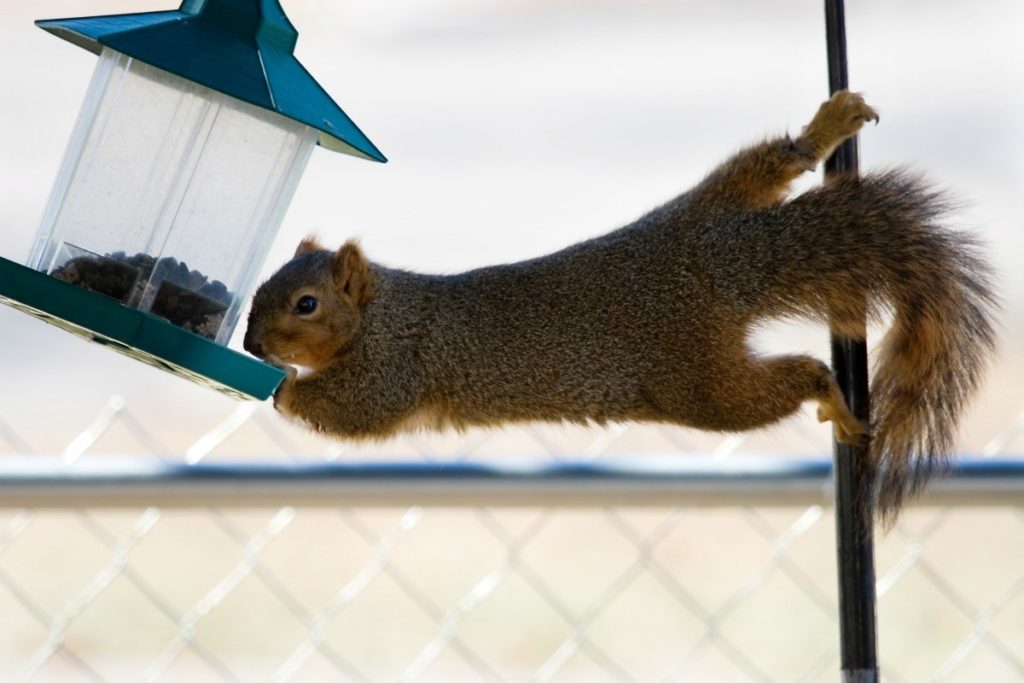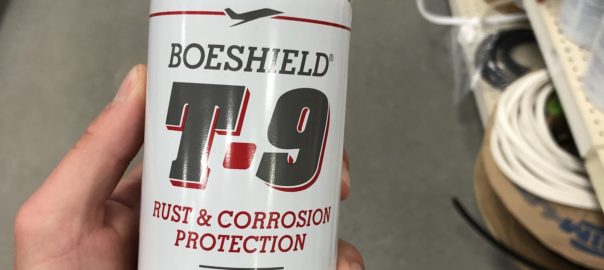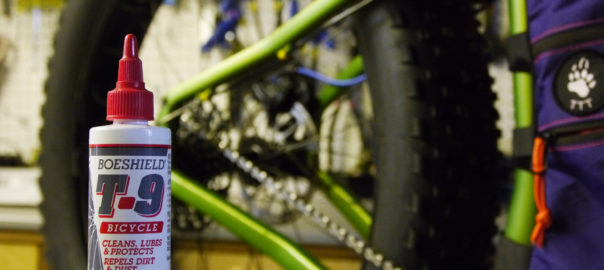Deck Cable Railings
Cable railings are some of the most attractive and functional options when it comes time to update your deck or patio. They offer a contemporary look without obstructing your view. This aesthetic and functionality does not come without a price, installation of cable railing systems can cost thousands of dollars depending on your installation.
Rust and Corrosion
However, when there is metal (even stainless) there is rust and corrosion. Most cable railing systems are comprised of aluminum or stainless steel. Specifically, the most common stainless alloys are Type 304 or Type 316, Type 316 tends to provide higher resistance to corrosion, but no metal is impervious to mother nature. Cable railings can rust in any environment, but fall especially susceptible in saltwater environments where corrosion is accelerated. If you have cable railings with early signs of rust, it is pertinent to remove it and apply a rust protectant ASAP.
Rust Removal
More often than not, rust begins in the areas where the cable comes in contact with the fitting. If it is too late and your cables/fittings are already showing early signs, or progressed rust, do not fear – there is a solution. The first thing you want to do is get a quality Rust & Stain remover, we recommend RustFree – a phosphoric acid based cleaner. Then get to work:
-
Clean off affected area with a degreaser or soapy water and then dry.
-
Apply the RustFree to the affected area – let it penetrate for 30 to 60 secs (depending on severity of rust).
-
Take a Scotch Brite pad and scrub until all of the rust is removed.
-
Neutralize the acidic RustFree with soapy water and dry.
Remember: Protect your eyes and skin from contact with this product. Direct spray can cause spotting on steel and cast iron surfaces. Immediately rinse off any accidental overspray on painted surfaces and clean thoroughly with soap and water. Do not use on anodized or black oxide hardware. Rust Free can dull painted and plastic surfaces. This product is not for use on polished cast iron surfaces and is not intended for spot cleaning table tops.
Rust Protection
To ensure you never have to remove Rust from your deck cables again, it is time to apply a rust & corrosion protectant. There are many rust protectants out there, but when it comes to longevity and performance – Boeshield T-9 is the best. This Boeing developed formula is the only recommended product by Cable Bullet along with other deck cable manufacturers. Once you have your rust protectant, follow these steps:
-
Clean the cable railing, posts, and tensioning components.
-
Spray Boeshield T-9 on all metal parts (railing, post, tensioning components).
-
Wipe off the excess and let dry.
-
Repeat this process every 6-12 months. We recommend every 6 months if you are located in coastal environments or areas with high exposure to acid rain.
Remember: Avoid getting Boeshield T-9 on wood as it may stain. Also, Boeshield T-9 is flammable, so take care during application and storage.
For more information on RustFree & Boeshield T-9 head here.

